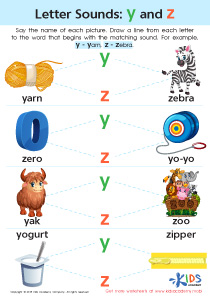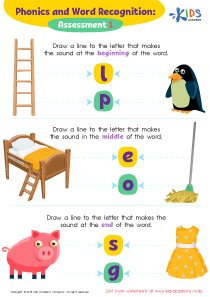Normal Vowels and Consonants Worksheets for Ages 3-5
10 filtered results
-
From - To
Introduce your little learners to the basics of the alphabet with our "Normal Vowels and Consonants Worksheets for Ages 3-5." Designed specifically for preschoolers and kindergarteners, these engaging worksheets help children recognize, differentiate, and pronounce vowels and consonants. With fun activities and colorful illustrations, kids will enjoy identifying letters and boosting their early reading skills. Printable and easy to use, these resources offer a perfect blend of education and entertainment, helping young ones lay a strong foundation in literacy. Explore our selection today and watch your child’s confidence grow!
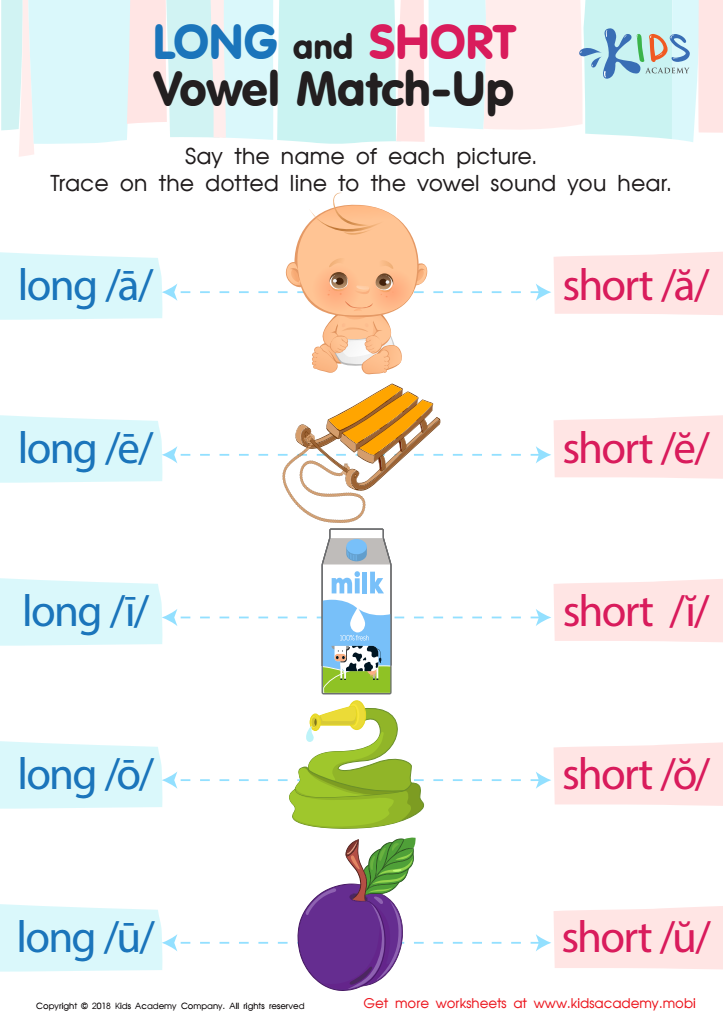

Long and Short Vowel Match up Reading Worksheet
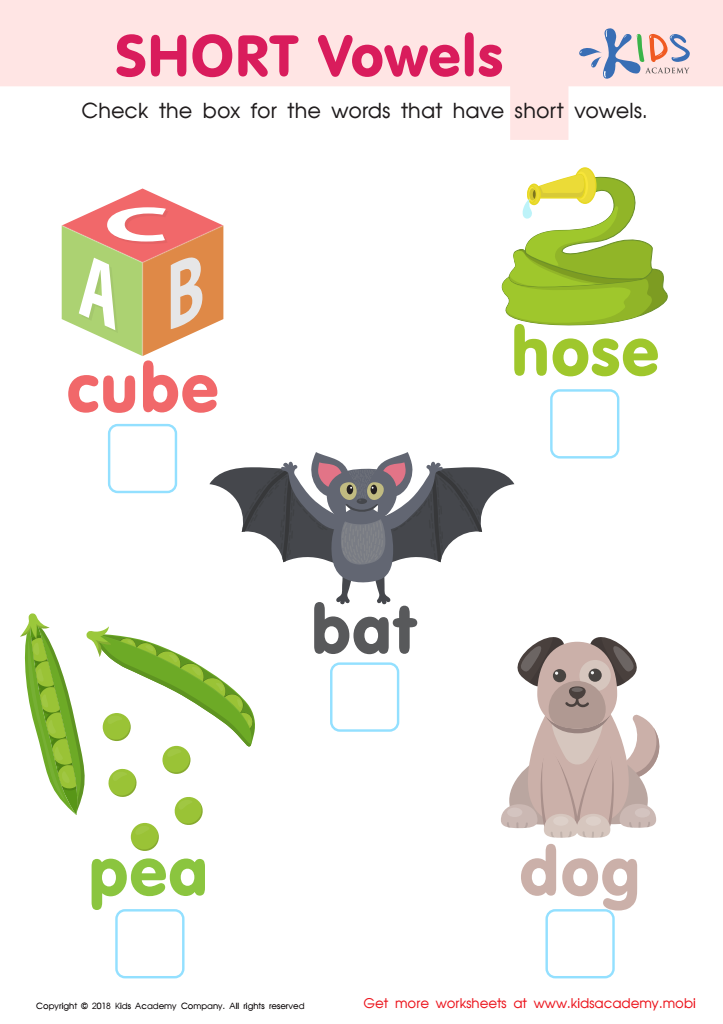

short vowels Worksheet
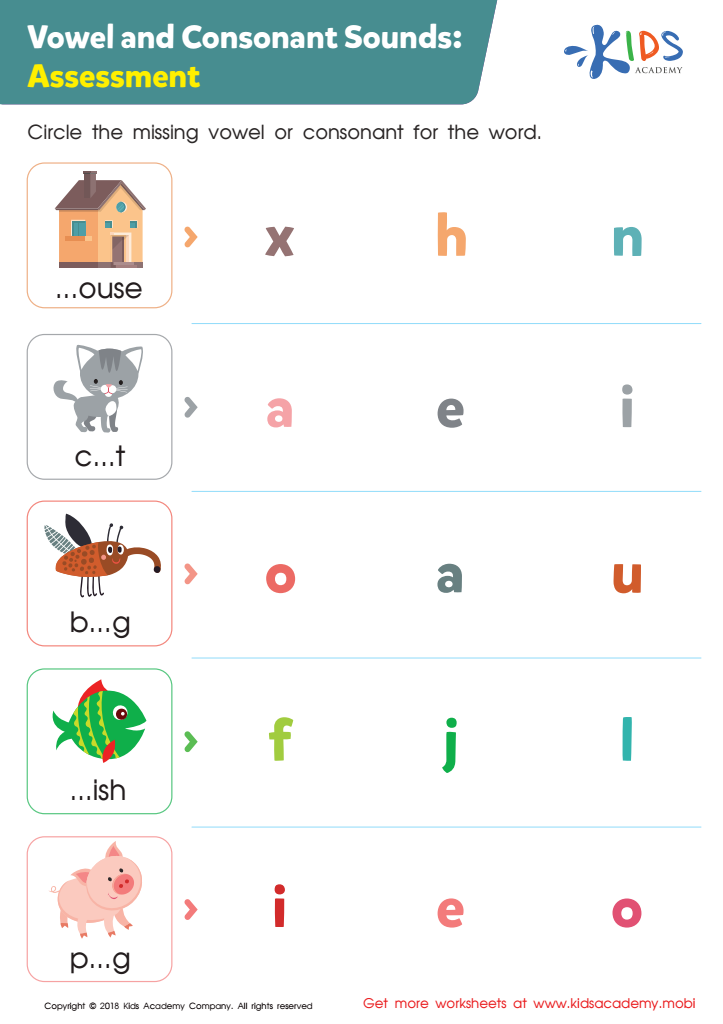

Vowel and Consonant Sounds: Assessment Worksheet
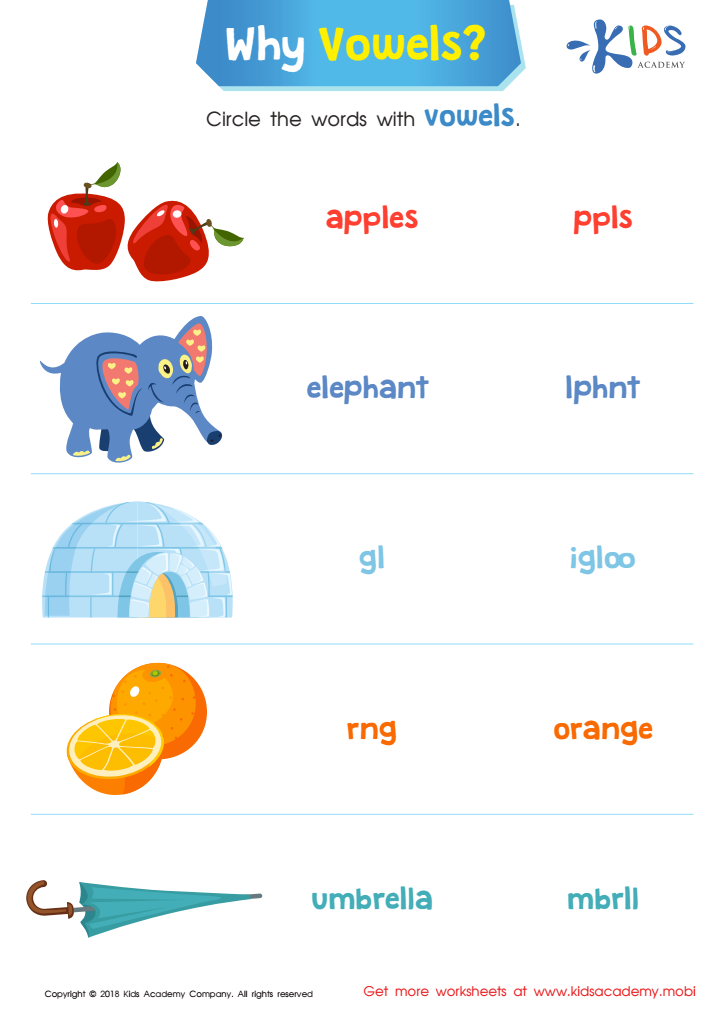

Why Vowels? Reading Worksheet
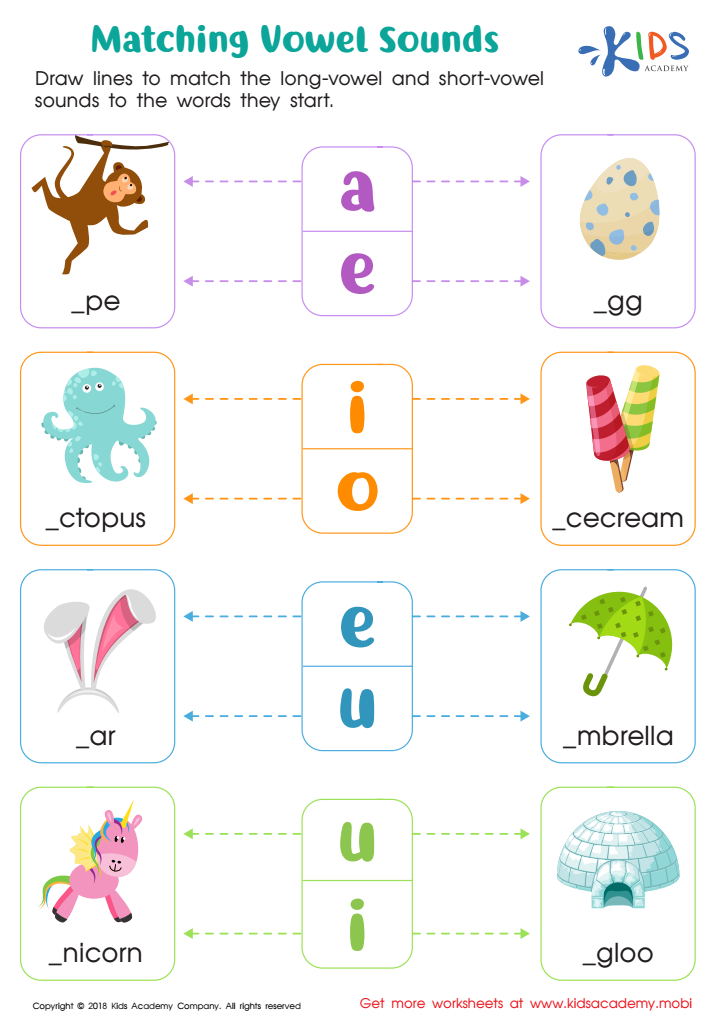

Matching Vowel Sounds Worksheet
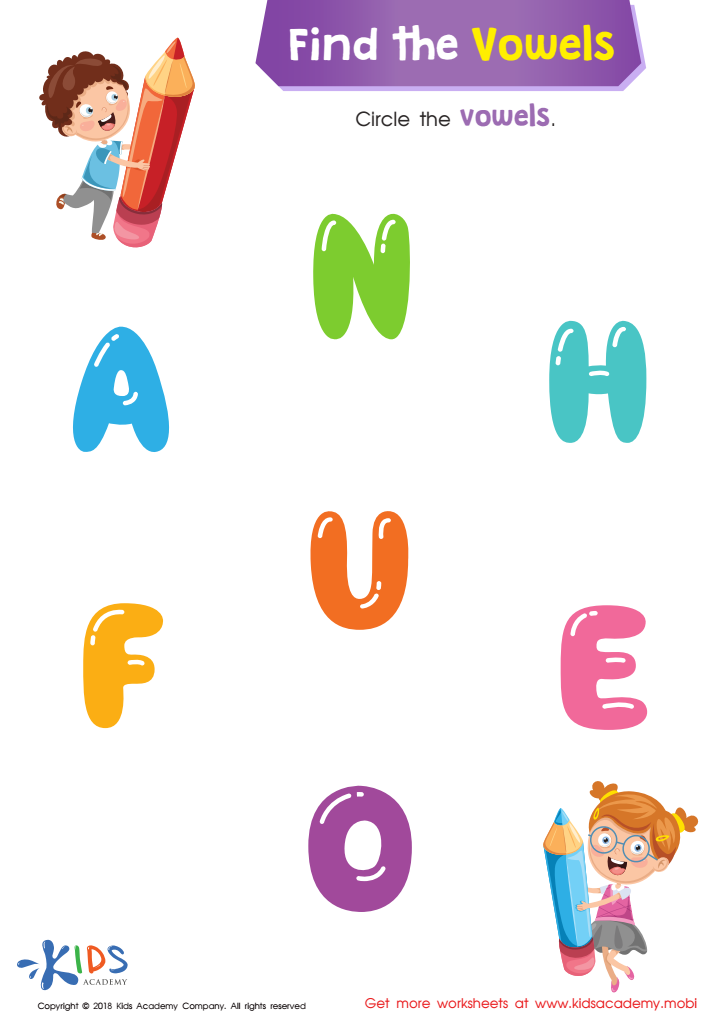

Find the Vowels Reading Worksheet
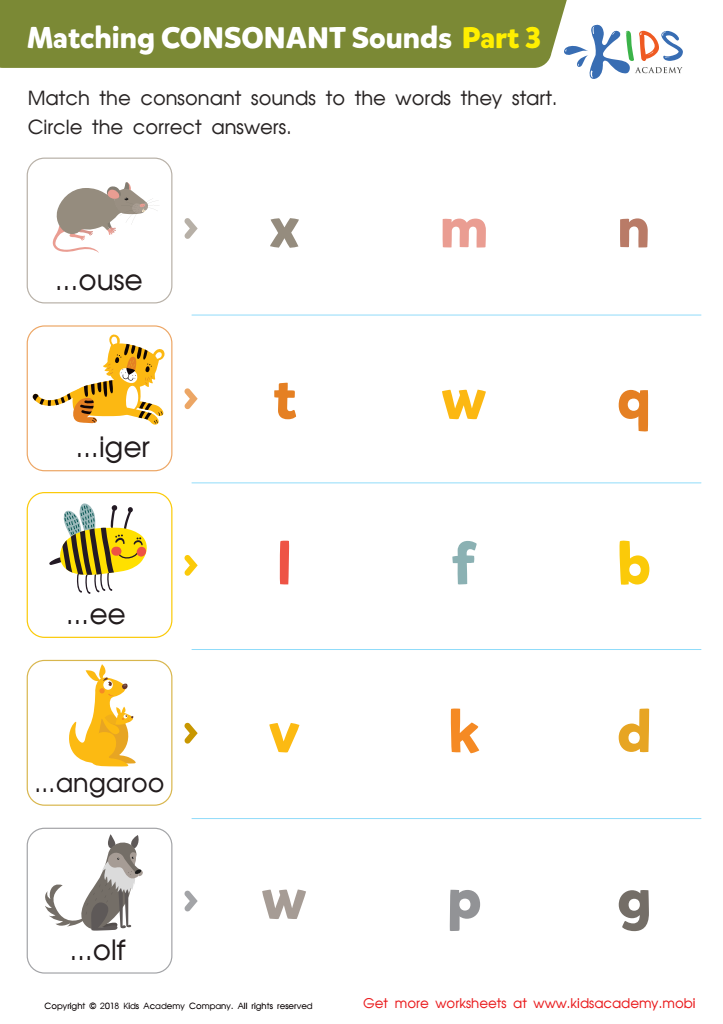

Matching Consonant Sounds: Part 3 Worksheet
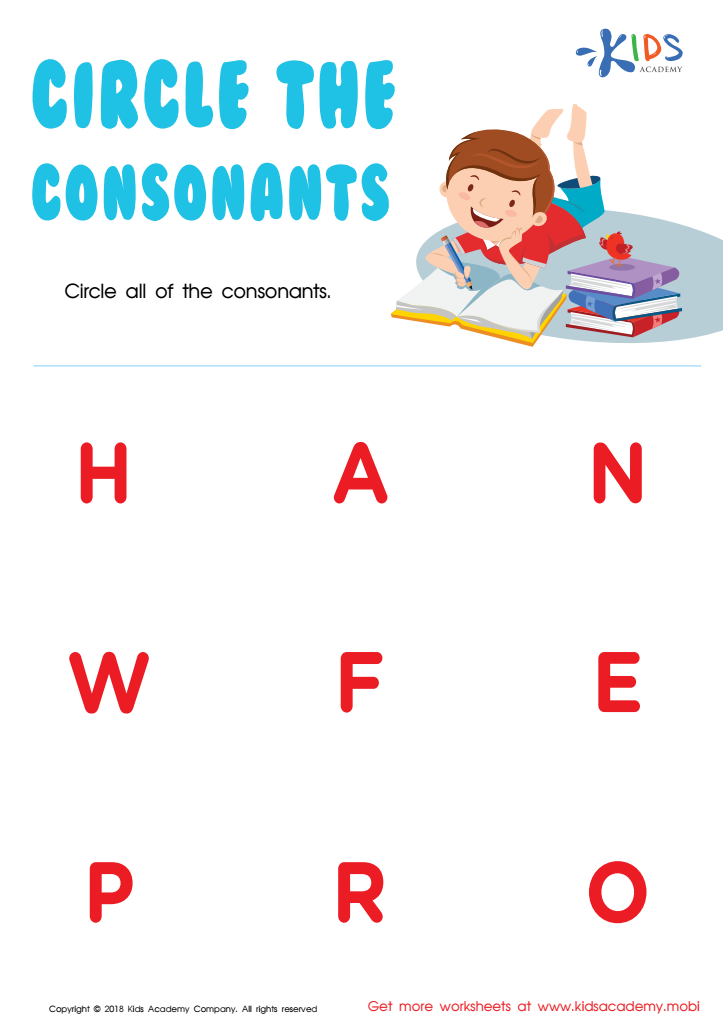

Circle the Consonants Worksheet
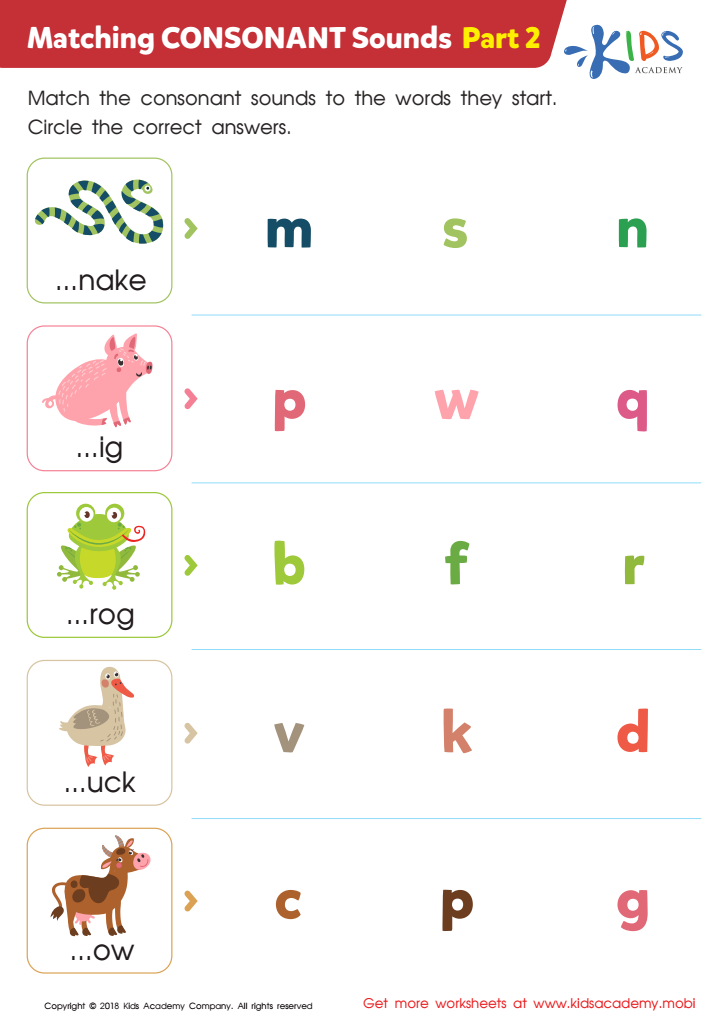

Matching Consonant Sounds: Part 2 Worksheet
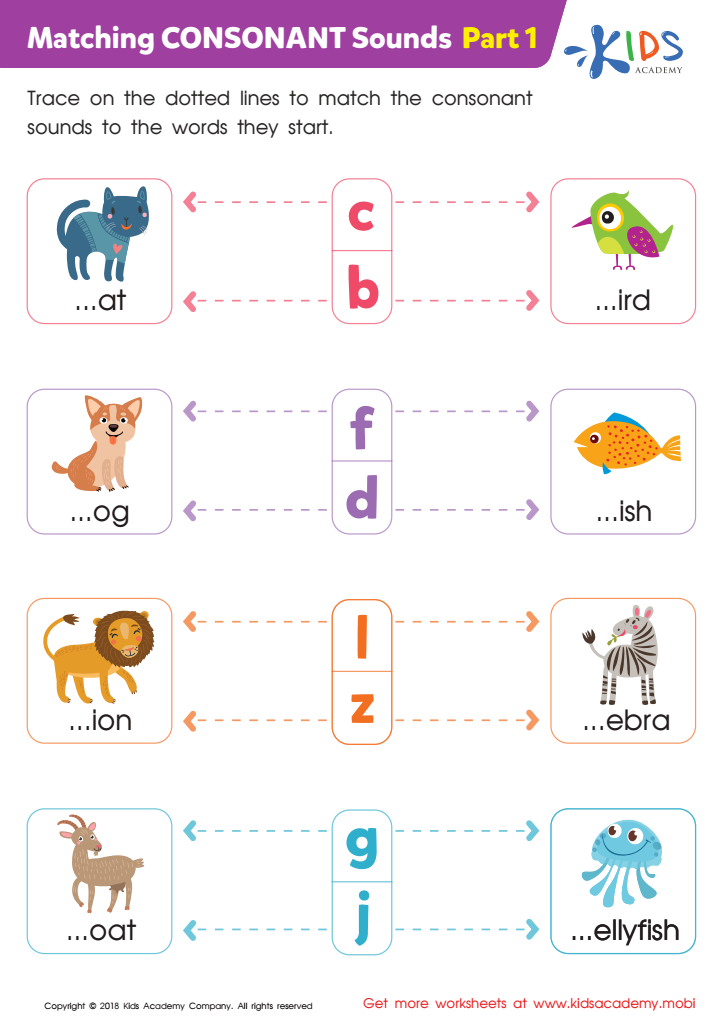

Matching Consonant Sounds: Part 1 Worksheet
Understanding normal vowels and consonants for children ages 3-5 is crucial for parents and teachers because these are foundational elements of language development. At this age, children are rapidly acquiring the sounds (phonemes) necessary for clear and accurate speech, essential for effective communication. When parents and teachers focus on normal vowel and consonant development, they can better support children in mastering the basic building blocks of language.
For instance, correctly pronouncing vowels (a, e, i, o, u) and consonants (like b, p, m) facilitates reading readiness. Early identification of any speech impediments or delays can also be addressed sooner, improving outcomes. Encouraging proper pronunciation helps build confidence as children interact with family and peers, enhancing emotional and social development.
Moreover, early language skills underpin future academic success. Proficiency in vowels and consonants boosts phonemic awareness, a critical precursor to reading and writing. When children can hear and produce sounds correctly, they are more likely to develop strong literacy skills.
Investing time and effort in children's vowel and consonant development enables a smoother transition into more complex language tasks, providing a strong foundation for lifelong communication and learning. Thus, it's something parents and teachers shouldn't overlook.

 Assign to the classroom
Assign to the classroom

